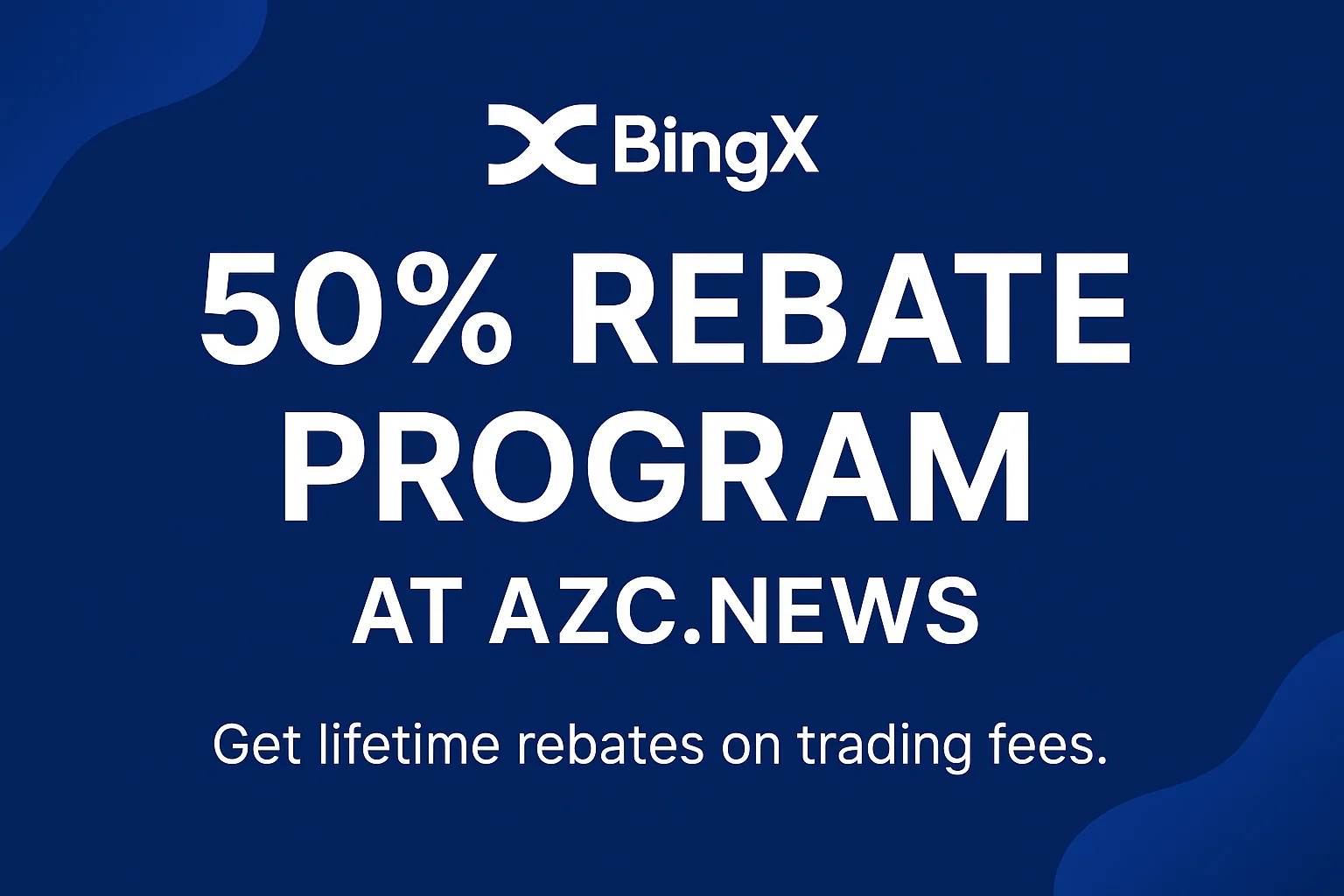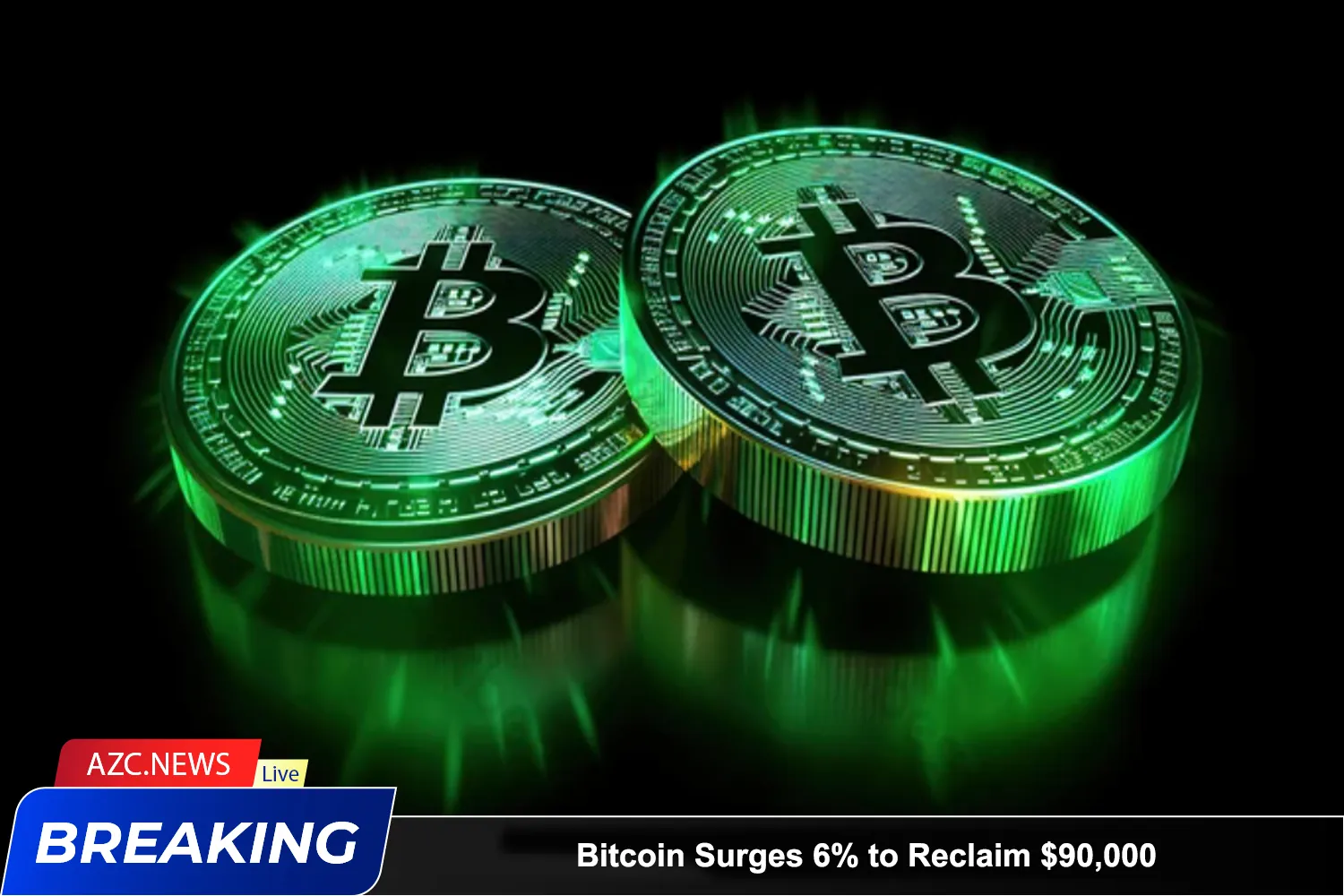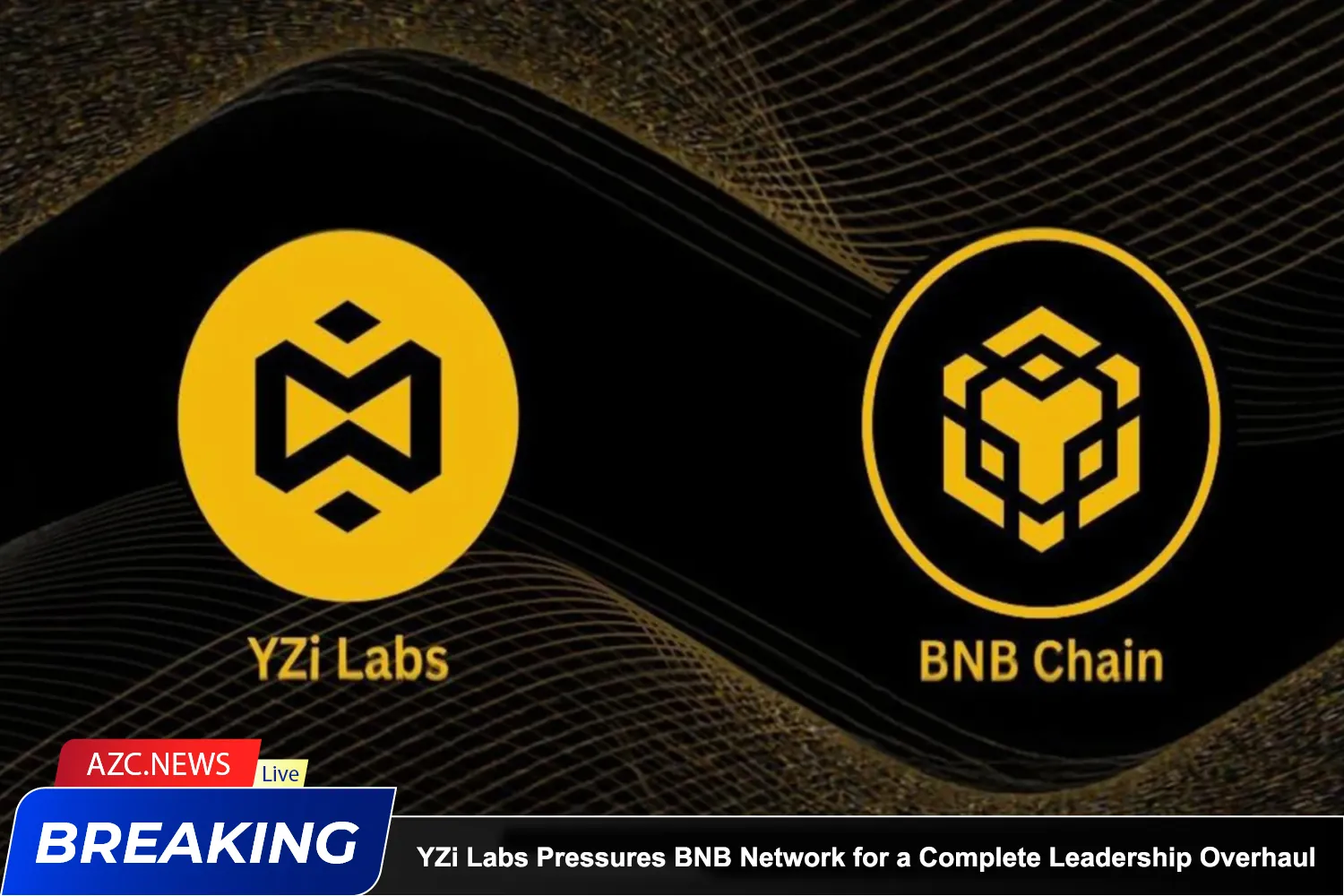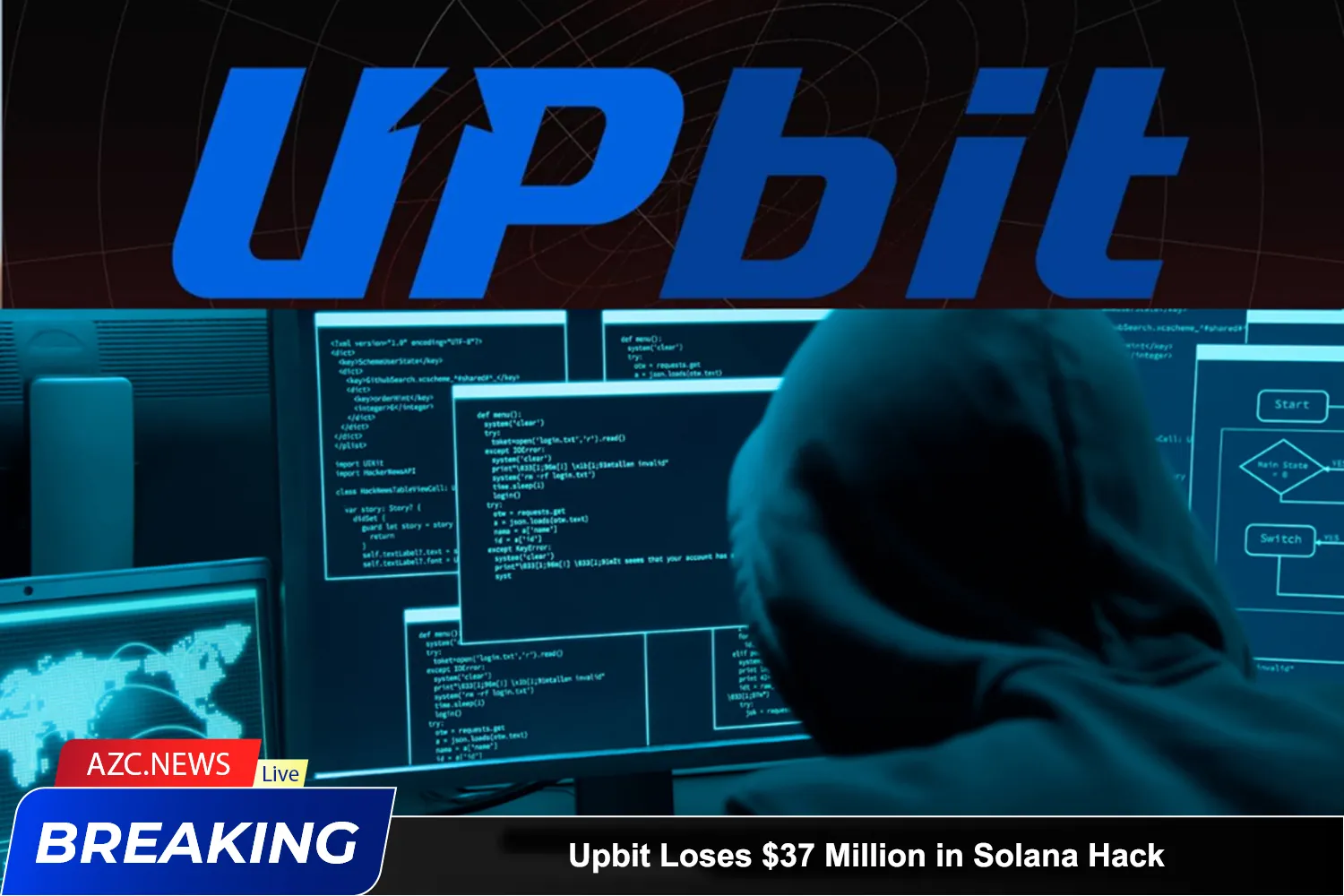Bank of America Expands Stablecoin Strategy – RLUSD Seen as a Priority Choice
Bank of America recently confirmed that U.S. banks are actively exploring stablecoin issuance, particularly those pegged to the U.S. dollar and backed by cash and short-term U.S. Treasury securities. In a statement on July 16, 2025, CEO Brian Moynihan noted that the bank has conducted extensive internal research but will move forward only once regulatory clarity is achieved.
While the possibility of developing an in-house solution is still on the table, many experts believe Ripple’s RLUSD could be the more practical option. Renowned crypto investor Paul Barron remarked that RLUSD is built on a solid foundation and aligns perfectly with Bank of America’s “compliance-first, innovation-later” philosophy.
RLUSD is licensed in New York under the strict oversight of the New York State Department of Financial Services (NYDFS) and has partnered with BNY Mellon to provide institutional-grade custody solutions.
Multi-Chain Support and Robust Growth

Beyond its regulatory credentials, RLUSD stands out for its interoperability. The token functions seamlessly on both the XRP Ledger and Ethereum, offering flexible integration options for financial institutions.
In just the past month, RLUSD’s market capitalization has surged by over 30%, surpassing $500 million, a clear indicator of rising user confidence and adoption among investors.
A Longstanding Relationship Between Ripple and Bank of America
Bank of America’s interest in RLUSD is no coincidence. Since 2019, the bank has maintained a strategic partnership with Ripple, with patents and internal documents referencing the use of Ripple’s distributed ledger technology for interbank payments.
Bank of America has even conducted internal transaction tests using XRP—an indication of its growing shift toward decentralized payment models aimed at enhancing liquidity management and expediting cross-border settlements. These are precisely the areas where RLUSD offers a technical edge.
Analysts suggest that if major U.S. banks opt to collaborate on a unified stablecoin infrastructure, RLUSD, with its strong regulatory profile and existing ecosystem, would be a highly attractive choice.






